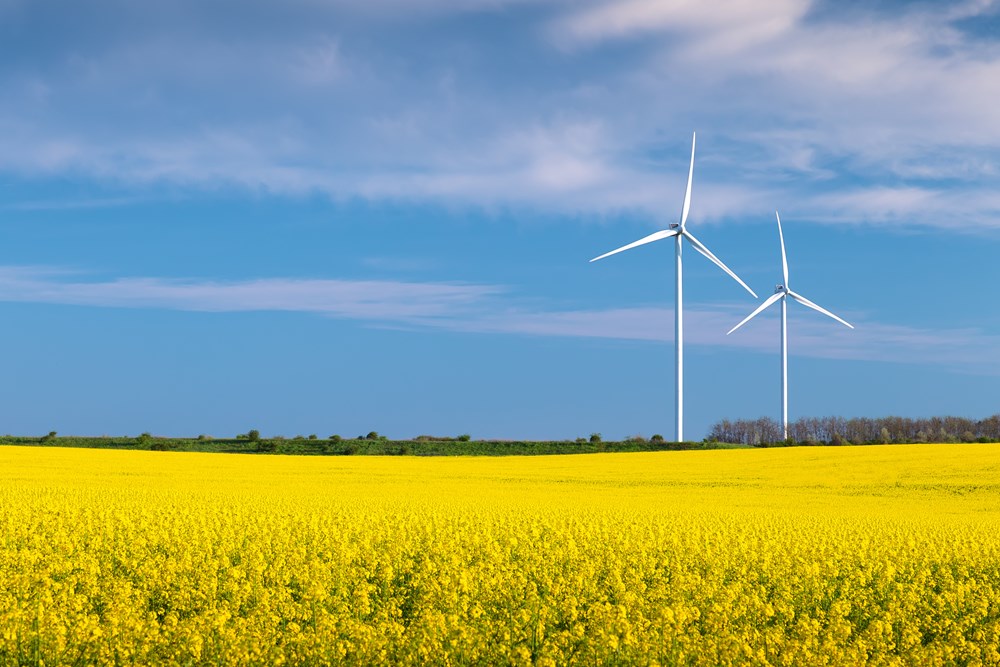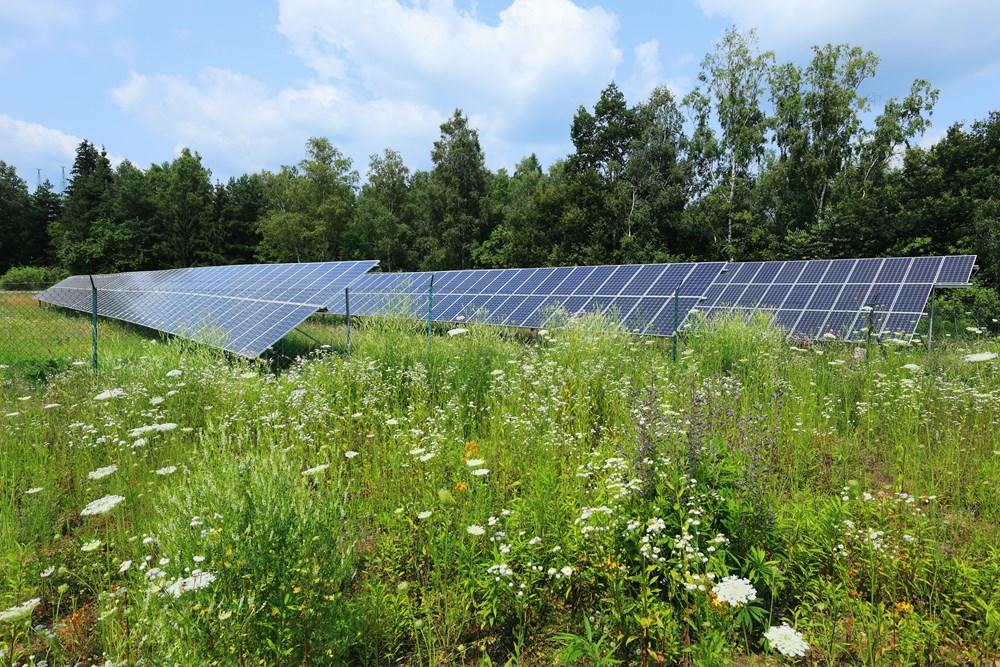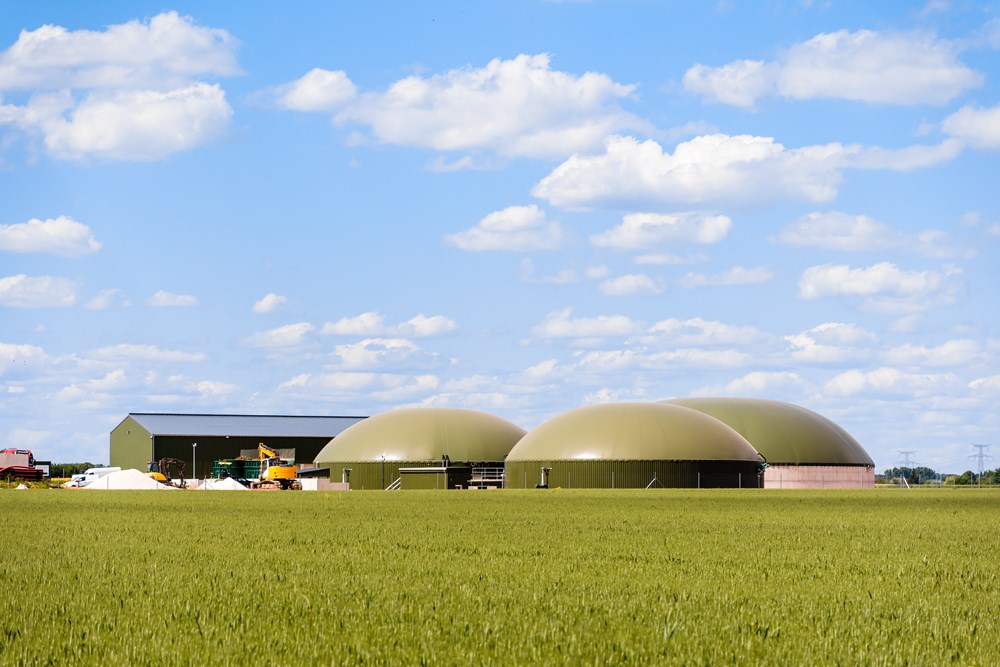
A landowner's guide to renewable energy
Wed 19 Jun 2024
Large scale solar, wind and other renewables can offer a good source of alternative income for landowners as we see direct farm subsidies further scaled down and profitability from traditional farming activities becoming ever more volatile.
We know from our contact with landowning clients that they are frequently bombarded with offers of large rents and other incentives from clean energy developers, especially so for those near to major existing, or planned, electricity substations.

The ‘prize’ those developers are eyeing is Exclusivity Agreements, Letters of Authority, Option Agreements or other forms of commitment with a landowner. This validation will ensure that they can then seek grid connections, planning permission and funding for solar, wind, anaerobic digestion, and other similar power generation technologies, as well as battery storage, synchronous condensers, thermal generators and hydrogen electrolysers.
That’s not all. Many landowners are also being approached to commit land for substations, cable installations, compounds, electric vehicle charging points and project access.
With such a variety of possibilities and developers, how can a landowner be certain which offer is best for their own situation?
Let us consider solar.
A solar park can earn a landowner an annual, index-linked rent of around £1,000 per acre on what can be big projects, over 1,000 acres in some cases, but with others starting at a more modest 10 acres, or even less, depending on the available grid connection.
These also have the potential to earn the landowner additional revenue from biodiversity net gain units, operation and maintenance contracts, grazing rights and other eco-system services. There are carbon sequestration opportunities too including, importantly, the ability to offset the landowner’s existing emissions.

It is a significant commitment of land though because typical lease periods can be 40 years, with initial option periods of 3-15 years.
Then there is onshore wind; government policy doesn’t currently encourage development, but this could of course change.
Demand for large-scale battery storage is currently strong. Annual starting rents of £20,000 - £50,000 per acre offer attractive returns, albeit typically for relatively few acres. Similar rents, if not slightly more, can be earned from synchronous condenser projects.
Hydrogen is also relatively new and, with not many schemes in place, could be lucrative for landowners in time.
In contrast, anaerobic digestion (AD) has been around for longer but there are drawbacks due to the amount of land required and the need for long-term crop supply contracts.

The potential rewards from energy projects seem attractive and they offer an excellent hedge against agricultural volatility but the risks can be significant too and timescales often lengthy.
The key is to take advice early before committing, especially on tax, because land used for a farming trade can attract important reliefs which can be lost without the right business structure or when the size of a project exceeds farming activities.
If you would like advice on which renewable energy options may be right for you, you can speak with one of our local Land Agency teams by clicking below.
This insight article is featured in our 2024 Innovate magazine. To read more of the publication, you can download a digital version below.

Keep updated
Keep up-to-date with our latest news and updates. Sign up below and we'll add you to our mailing list.
 Brown&Co
Brown&Co